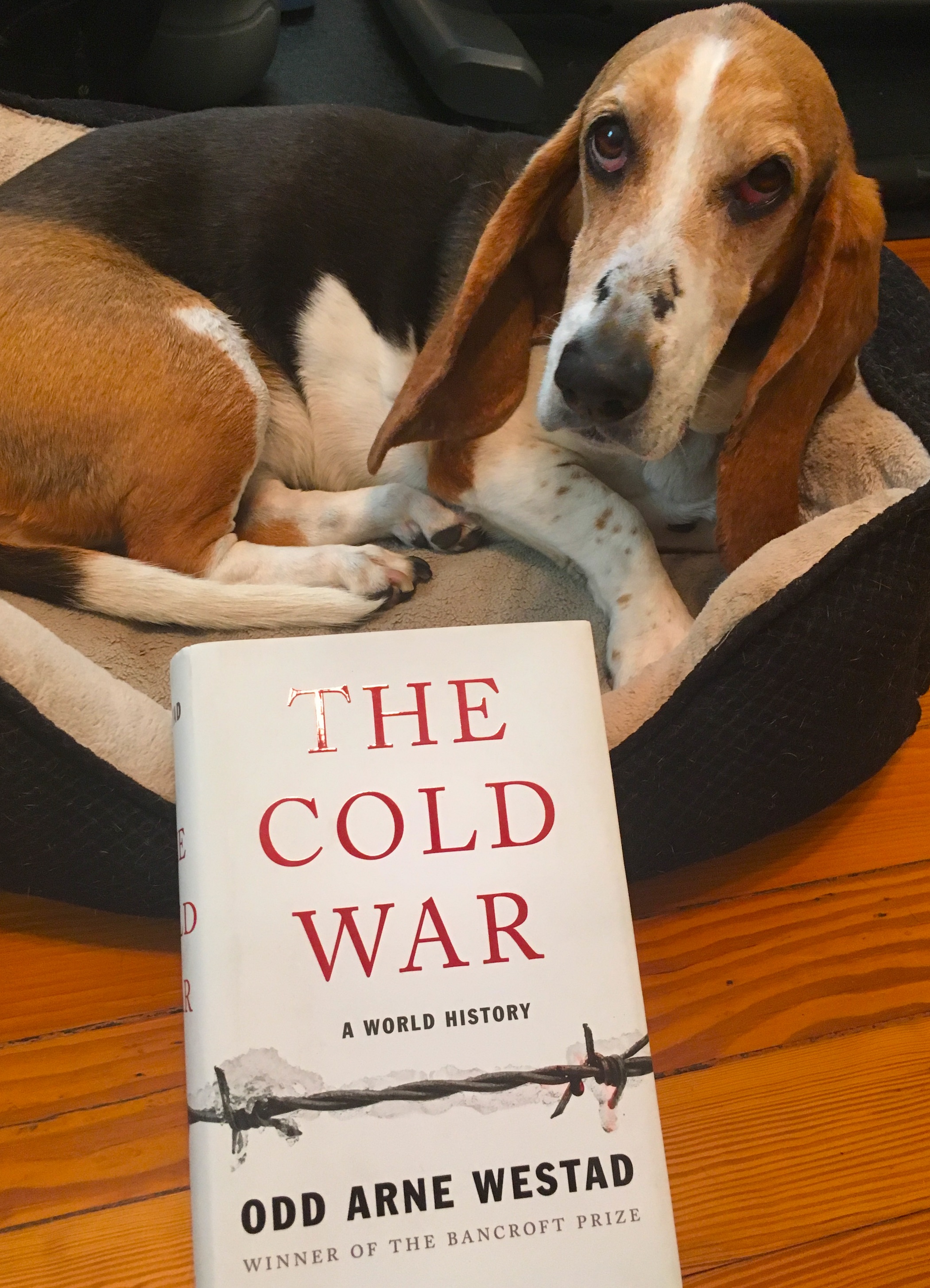A sweeping history of the Cold War, but Westad doesn't have much to say about women. So far, I've found only one relevant paragraph which segues immediately into a discussion of militarism.
A perfect book for Bassett hounds and history buffs.
“One of the biggest changes throughout the Communist world was in the position of women. All over eastern Europe and eastern Asia the position of women had been governed by patriarchal traditions that gave them little say over resources, work, or family affairs. In areas that had had a taste of capitalism, new opportunities for women were mixed with increased social and economic exploitation. The Communist parties set out to change this sorry state of affairs, and at first many women were able to benefit from the new policies. Access to education, work, and child care improved dramatically in many places. So did women’s control over their own lives. The right to divorce and availability of birth control made for big changes in gender relations. But women were still kept out of political leadership positions, and as the regimes wanted to increase their populations, many women found themselves increasingly caught between work and duties to their families. The dual burden on women turned out to be as troublesome in societies that called themselves socialist as they were in the capitalist countries, and the on-going conflict between progressive ideas and traditional norms at least as intense.”

